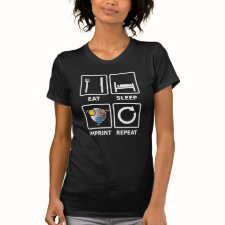
Authors: Núñez O, Gallart-Ayala H, Martins CPB, Lucci P
Article Title: New trends in fast liquid chromatography for food and environmental analysis.
Publication date: 2012
Journal: Journal of Chromatography A
Volume: 1228
Issue: (1)
Page numbers: 298-323.
DOI: 10.1016/j.chroma.2011.10.091
Alternative URL: http://www.sciencedirect.com/science/article/pii/S002196731101661X
Abstract: There is an increasing need for applications in food and environmental areas able to cope with a large number of analytes in very complex matrices. The new analytical procedures demand sensitivity, robustness and high resolution within an acceptable analysis time. The purpose of this review is to describe new trends based on fast liquid chromatography applied to the food and environmental analysis. It includes different column technologies, such as monolithic, sub-2 μm, porous shell, as well as different stationary phases such as reversed phase (C8 and C18), hydrophilic interaction liquid chromatography (HILIC) and fluorinated columns. Additionally, recent sample extraction and clean-up methodologies applied to reduce sample manipulation and total analysis time in food and environmental analysis - QuEChERS (Quick, Easy, Cheap, Effective, Rugged and Safe), on line solid phase extraction coupled to ultrahigh pressure liquid chromatography (on line SPE-UHPLC), turbulent flow chromatography (TFC) and molecularly imprinted polymers (MIPs), were also addressed. The advantages and drawbacks of these methodologies applied to the fast and sensitive analyses of food and environmental samples are going to be discussed
Template and target information: Review - fast LC in food analysis
Author keywords: food analysis, environmental analysis, New stationary phases, Porous-shell columns, Sub 2-μm particle columns, MIP, QuEChERS, Turbulent flow chromatography, On-line SPE



Join the Society for Molecular Imprinting

New items RSS feed
Sign-up for e-mail updates:
Choose between receiving an occasional newsletter or more frequent e-mail alerts.
Click here to go to the sign-up page.
Is your name elemental or peptidic? Enter your name and find out by clicking either of the buttons below!
Other products you may like:
 MIPdatabase
MIPdatabase









